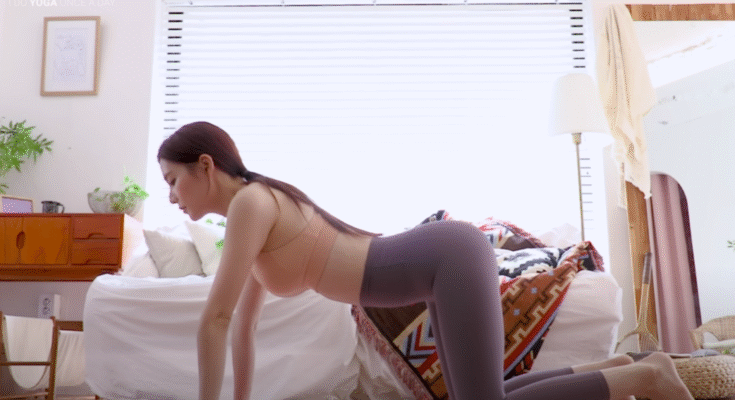Yoga, once a spiritual discipline rooted in ancient Indian philosophy, has evolved into a global practice embraced by millions across diverse cultures. In South Korea, yoga has taken on unique characteristics, particularly among women who incorporate it not only as a form of physical fitness but also as a lifestyle that promotes mental wellness, social connection, and personal empowerment. This article delves into how yoga is practiced, perceived, and celebrated by Korean women today.
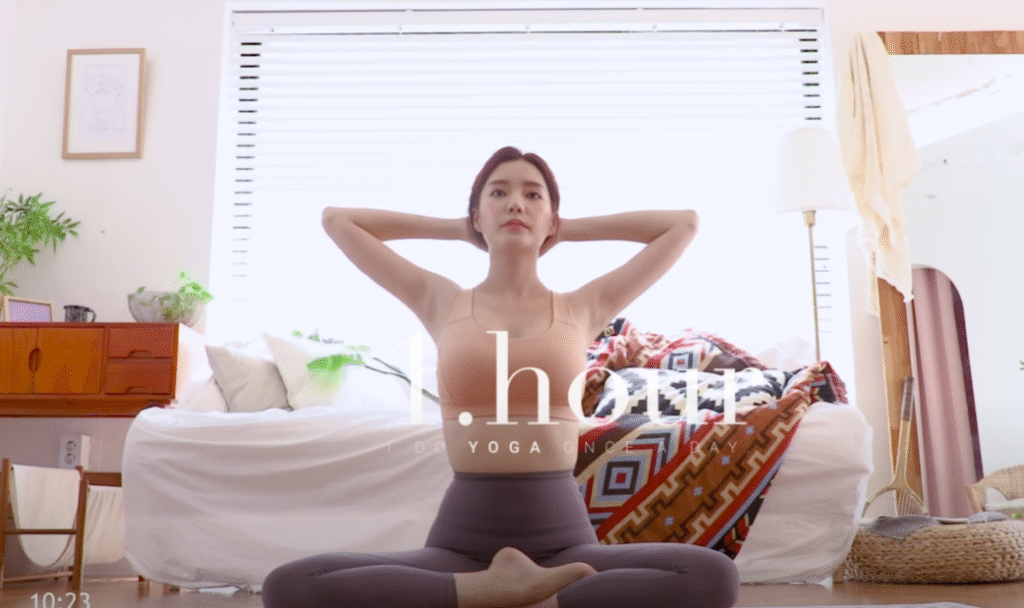
The Rise of Yoga in Korea
Yoga was introduced to South Korea in the late 20th century, gaining traction in the 1990s as global fitness trends entered the Korean market. Initially regarded as an exotic and alternative form of exercise, yoga has since become a mainstream wellness activity. Women, in particular, have been instrumental in its growth.
South Korea’s urban lifestyle, marked by high stress levels, long working hours, and pressure for perfection in appearance, has driven many women to seek balance through mindful movement. Yoga offers a refuge—an antidote to the fast-paced life that typifies modern Korean society.


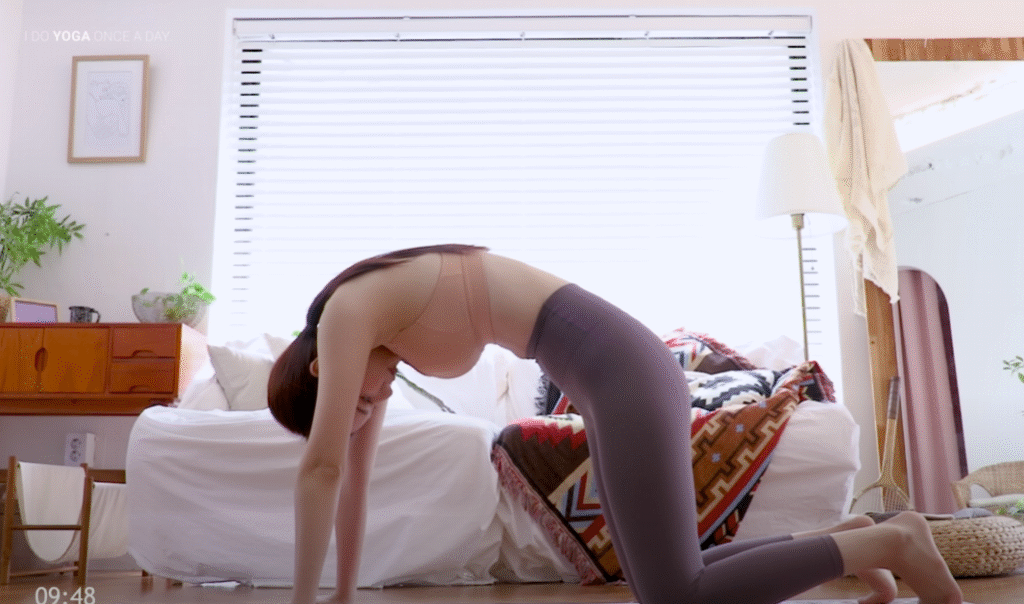
Why Korean Women Are Drawn to Yoga
1. Physical Health and Aesthetic Goals
For many Korean women, yoga is an ideal form of low-impact exercise that helps maintain a slim and toned figure, which aligns with traditional beauty standards in Korea. Vinyasa, Hatha, and Power Yoga are popular styles among women seeking strength, flexibility, and balance without the bulk associated with other forms of strength training.
Additionally, prenatal yoga and postnatal yoga have become increasingly popular. These specialized classes support women’s bodies through the stages of pregnancy and motherhood, improving posture, relieving back pain, and enhancing emotional well-being.
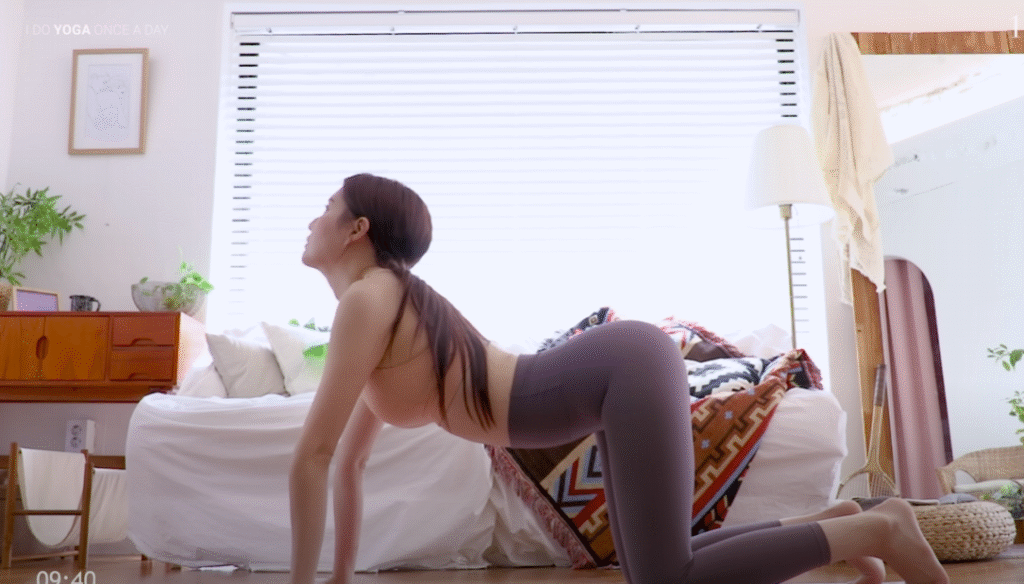
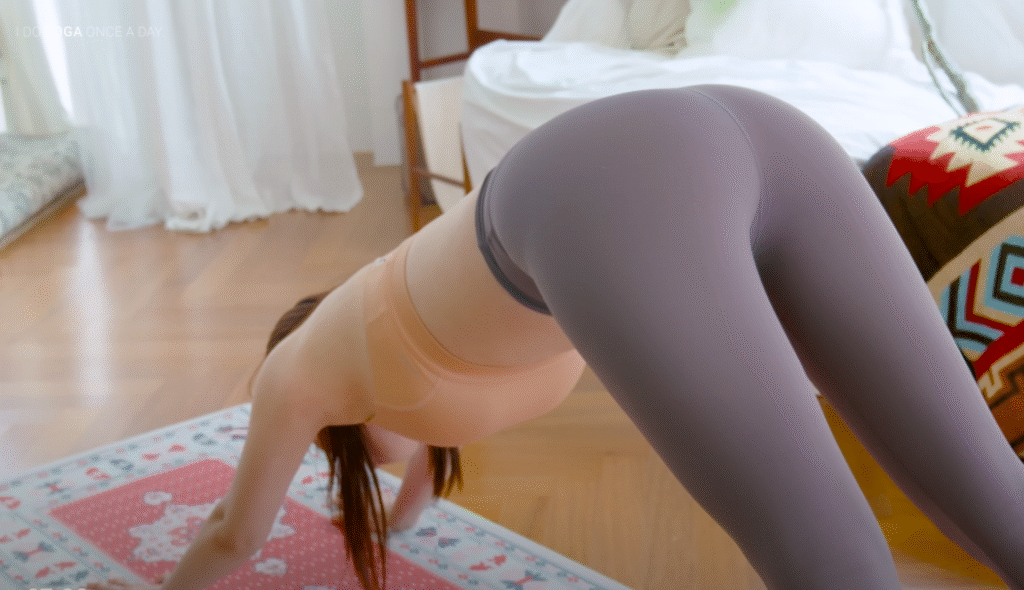
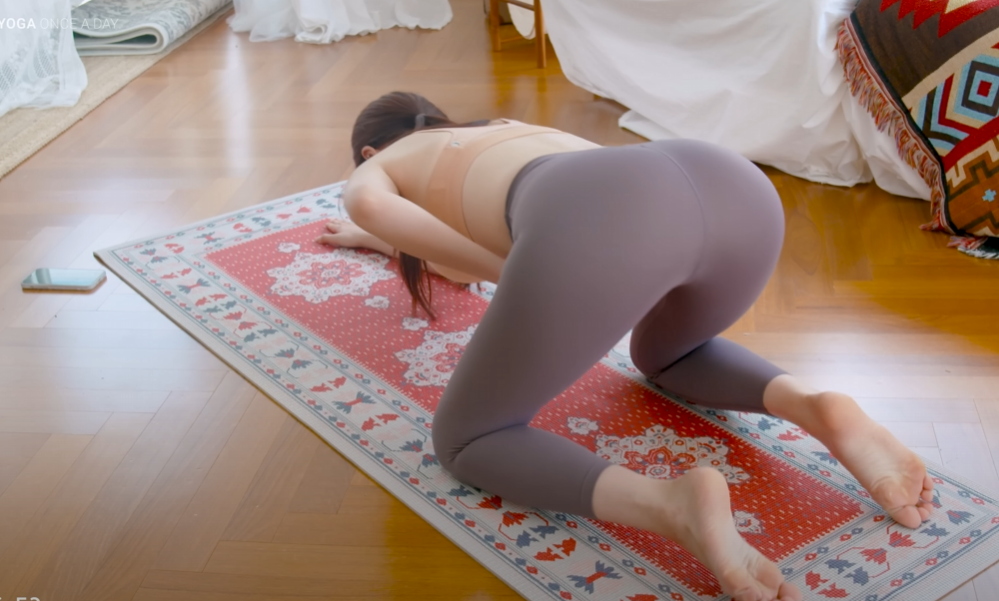
2. Mental Wellness and Stress Relief
The mental benefits of yoga are deeply valued in Korea, where societal expectations—especially for women—can be intense. From academic pressure to the demands of career, family, and appearance, Korean women often juggle multiple responsibilities.

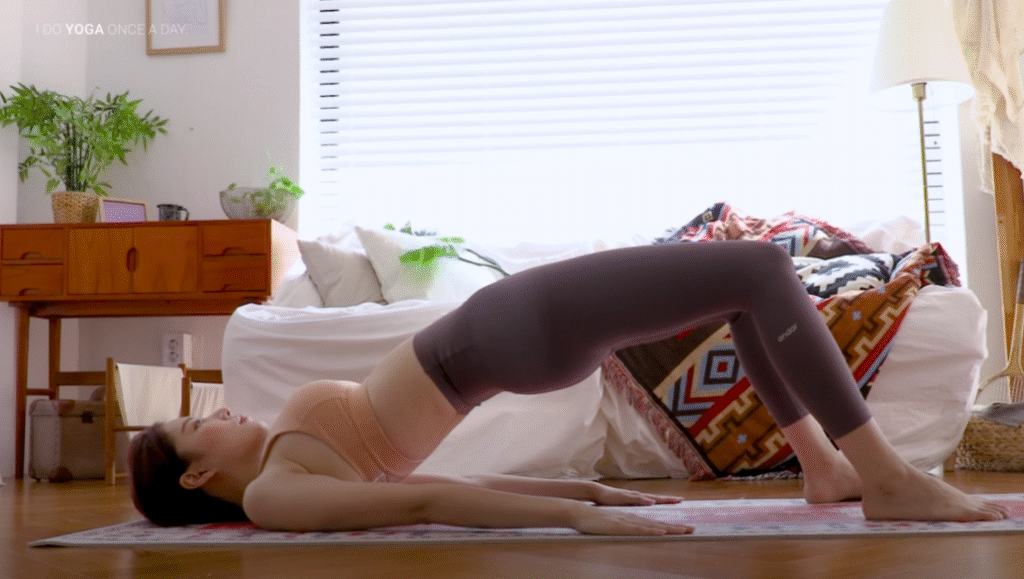
Yoga provides an opportunity for mindfulness and introspection. Practices like Yin Yoga and meditation sessions help reduce anxiety and promote emotional stability. Breathing techniques, or pranayama, are embraced for their calming effects on the nervous system.
For working women, a daily yoga routine offers a structured escape from work-related stress. For students, it’s a tool for improved concentration. For homemakers, it’s a moment of self-care in an otherwise hectic day.
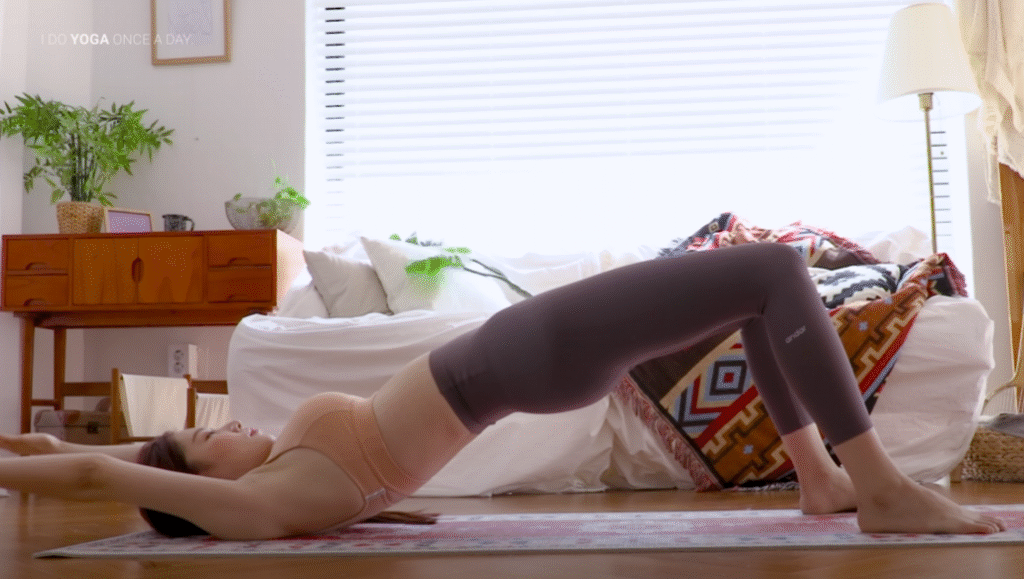
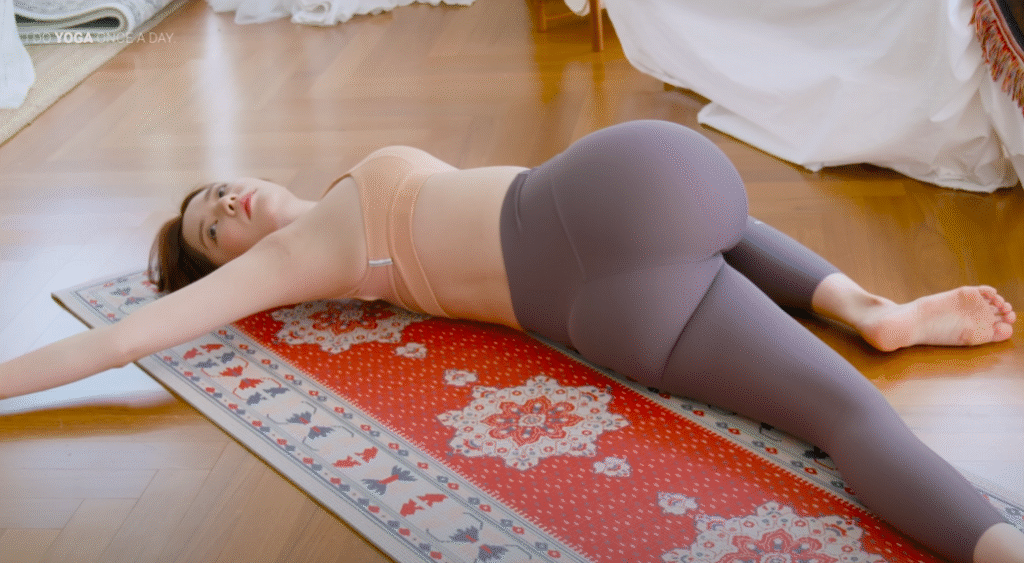
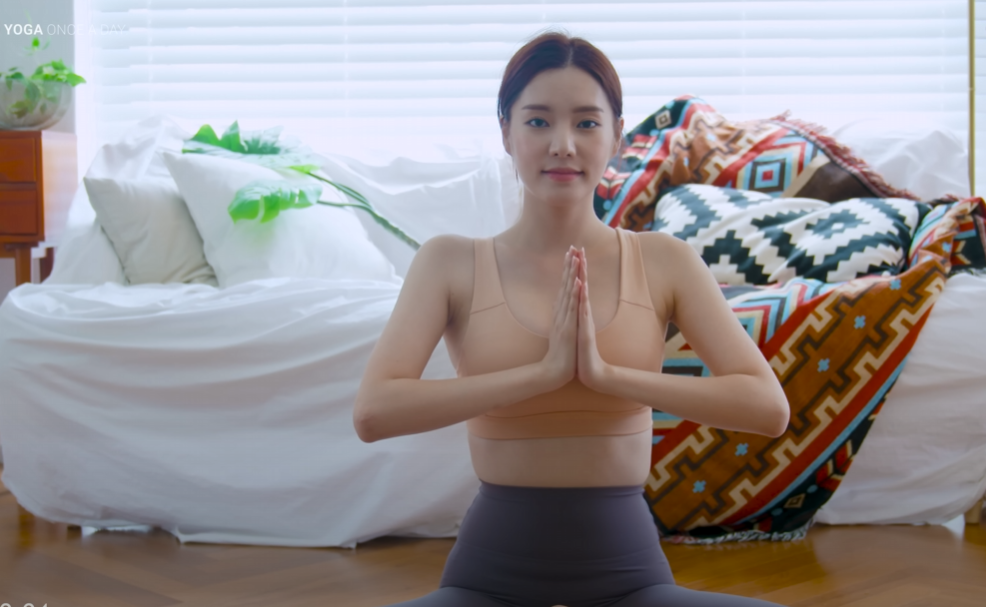
3. Cultural Adaptation and Community Building
Yoga in Korea is not practiced in isolation—it has adapted to fit the local culture. Many yoga studios incorporate elements of Korean wellness traditions such as jjimjilbangs (Korean bathhouses), herbal teas, and natural skincare routines. These integrations make the practice feel more familiar and culturally resonant.
Moreover, yoga classes are often social events. Many women attend with friends or family, forming supportive communities. Online yoga influencers, often Korean women themselves, have created strong digital communities where practitioners can follow routines, share experiences, and support one another.
Popular Yoga Trends Among Korean Women
1. Aerial Yoga
Aerial yoga, which uses silk hammocks to perform poses suspended in the air, has become a stylish trend in Seoul and other major cities. Korean women are drawn to its elegance and core-strengthening properties. It also photographs beautifully, contributing to its popularity on Instagram and fitness blogs.
2. Hot Yoga
Given Korea’s cold winters, hot yoga offers a warm sanctuary during the colder months. It’s believed to enhance flexibility, detoxify the body, and promote deeper breathing. Many Korean women enjoy the sweat-induced sense of cleansing that comes with hot yoga sessions.
